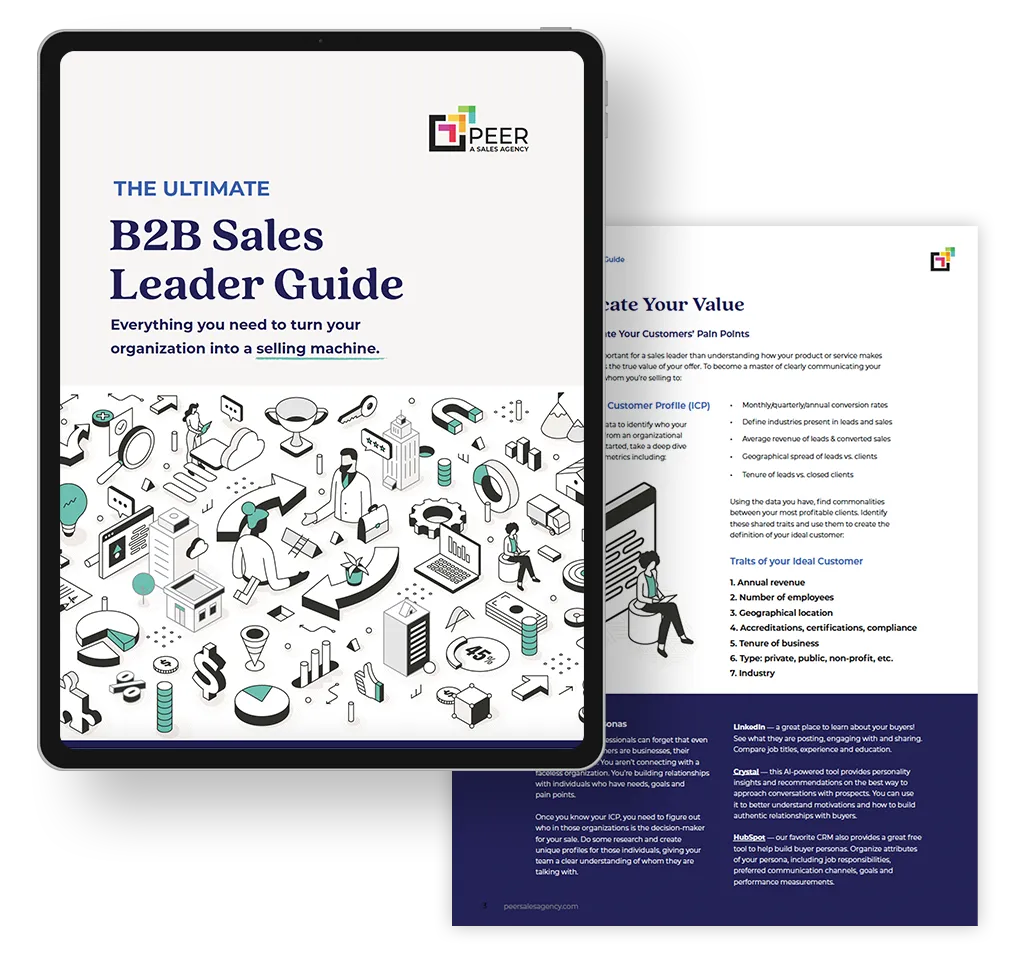The iOS 14.5 update is here (cue dramatic music). The new Apple update includes a digital advertising privacy feature that allows users to turn off ad tracking in apps, sending many businesses and marketers into a panic about the potential impact on advertising. The truth is, yes, the iOS 14.5 update will impact some businesses more than others — but if you’re a B2B business, we have good news for you.
Because most of your conversions don’t happen online, and more customers than you think are using their desktop during business hours, there’s a good chance you won’t see the kind of negative impact on the effectiveness of your advertising and sales strategy. And while we don’t know what the long-term outcomes will be, rest assured, it’s not the end of the world.
Here’s what you need to know now, as well as steps you can take to lessen the impact.
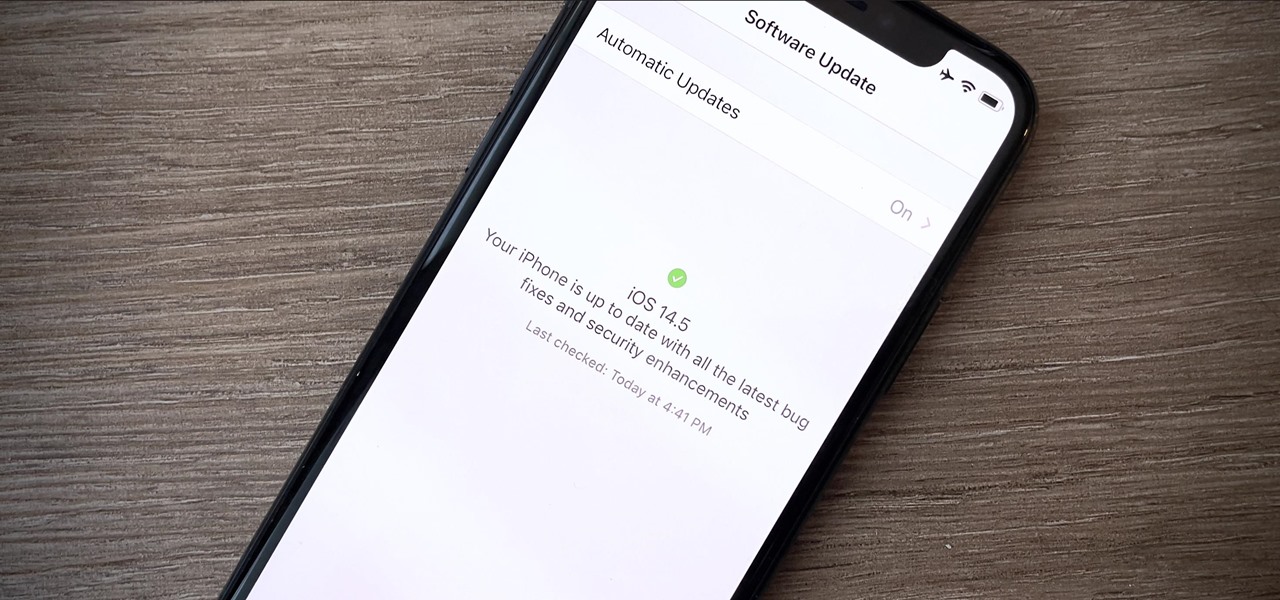
About the iOS 14 update.
The iOS 14.5 update offers a grab bag of changes. Users can now unlock their iPhone using their Apple Watch. Siri gets a refresh, as do some of the most popular emojis. But the biggest overhaul comes in the form of changes to its privacy and data sharing policies, known as Apple’s App Tracking Transparency Framework (ATTF). Apple’s goal is to give its users more control when it comes to protecting their privacy and information by giving them the power to turn off ad tracking while using apps, including social media platforms like Facebook.
It’s a double-edged sword — a source of empowerment for customers, but a blow for marketers who rely on ad campaigns on Facebook and other social platforms. Why? For platforms like Facebook and LinkedIn to be able to accurately measure how well a campaign is working and properly target the right audiences, they need access to user behavior data.

What does the iOS 14 update mean for B2B businesses?
In light of the iOS 14.5 update and the subsequent decreased access to user data, Facebook released a statement letting advertisers know what to expect — from a potential decrease in ad performance to a potential increase in advertising costs.
The platform states that, “Apple’s proposed changes will limit your ability to effectively reach, understand and engage people on mobile devices and across the web. They will impact your ability to understand performance, control who sees your ads and make informed decisions about your advertising budgets. As these changes take effect, over time you may see an overall decrease in ad performance and personalization and an increase in cost per action.”
In March, LinkedIn announced that, due to the update, it would be stopping its iOS app’s collection of IDFA (Identifier for Advertisers) data. At the same time LinkedIn emphasized that there would be limited impact on campaign performance and announced its plan to use first-party data to help B2B marketers reach buyer groups. You can view a more extensive overview of LinkedIn’s projected impact on its campaign features here.
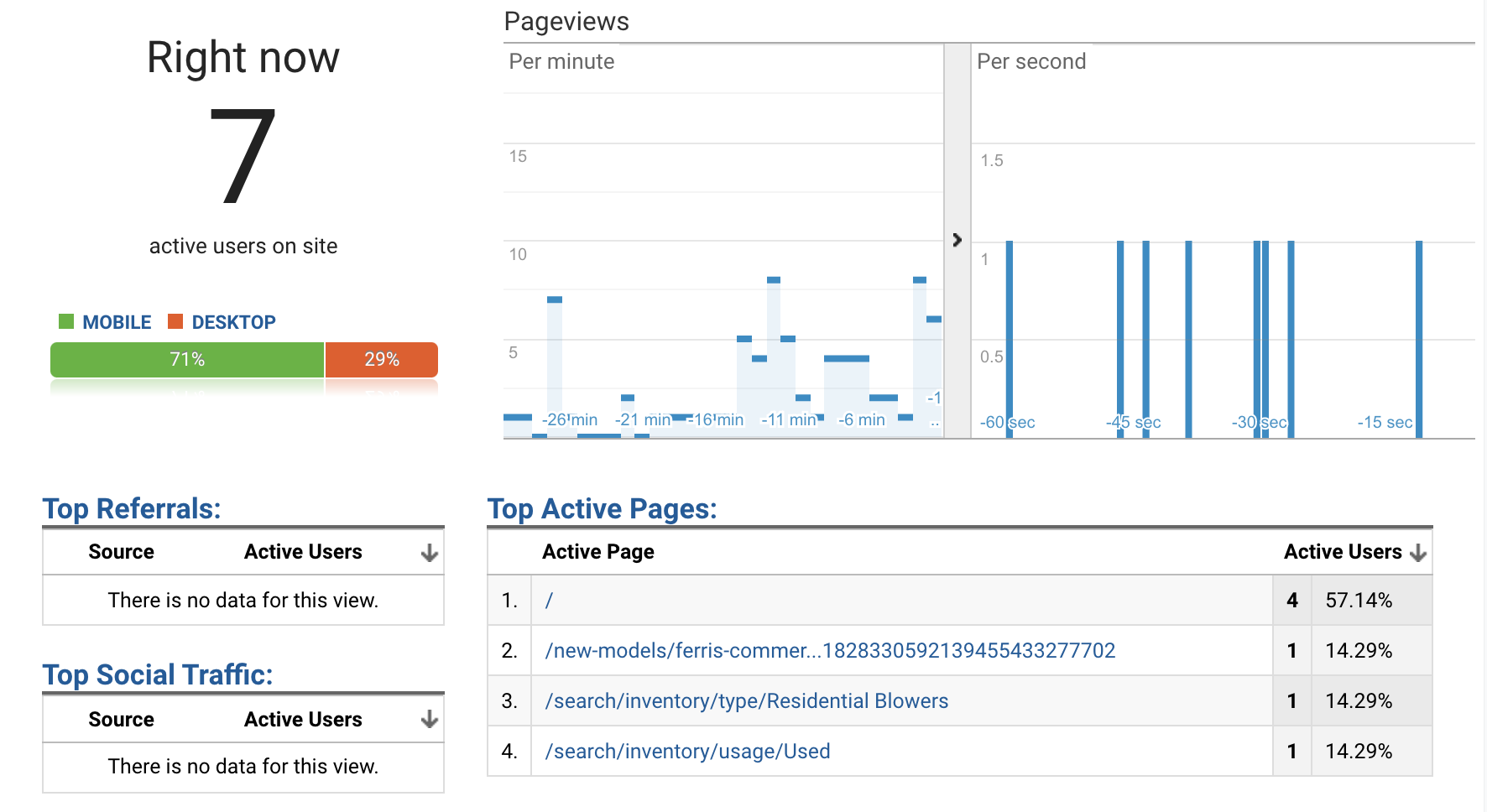
What can you do about it? First, understand your website numbers.
To get a more concrete idea of how much this update will impact your digital advertising efforts, start by analyzing your mobile traffic in Google Analytics. This will help you determine how much of your traffic is Apple traffic — and how much of that traffic has upgraded/or will upgrade to 14.5 or higher.
You can do this by logging into Google Analytics, then:
- Click on Mobile → Devices → Operating System → IOS.
- Take the traffic number of Apple 14.5+ users and divide it by the number of total site visits.
- This calculation will show you how much of your traffic could be opting out of tracking.
Why is this number important? At Peer, we want to know how much traffic has upgraded so we can make educated adjustments to our campaigns. For example, if only 5% of your traffic has upgraded to iOS 14.5, we could exclude these users from future Apple Facebook advertising. On the other hand, if most of your traffic has upgraded, we wouldn’t want to exclude those visitors, as it could limit our targeting capabilities and insight.
Once you’ve determined that number, follow these 4 steps:
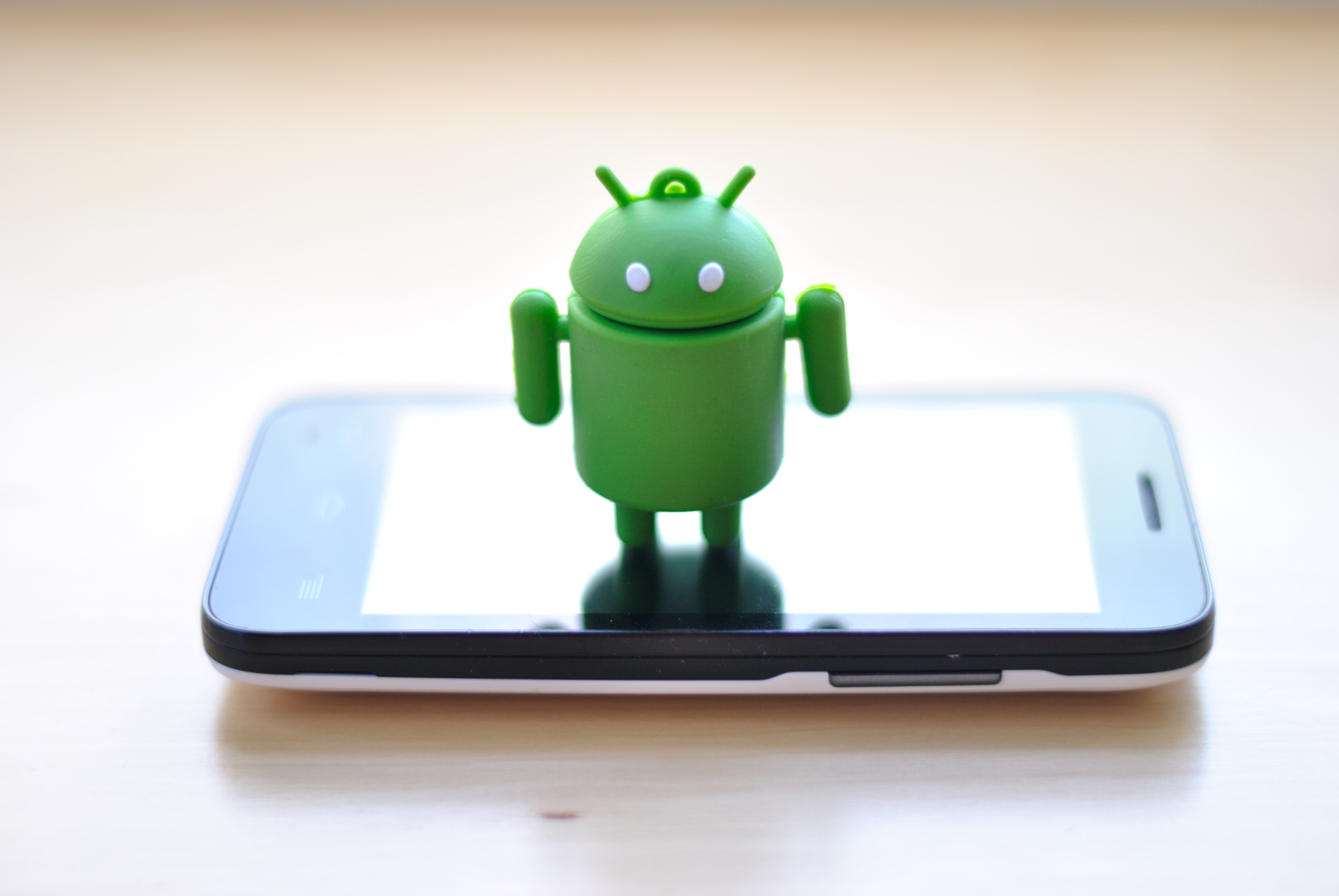
1. Consider segmenting your Facebook audience to target only Android devices.
Since this update only affects Apple users, your prospects who use Android devices won’t be affected. Facebook can still track their data, so your Facebook campaign won’t be compromised. As a result, it may be a wise strategy to segment your campaigns by device. You can do this by going to “Specific Mobile Devices & Operating Systems” and selecting “Android Devices Only.”
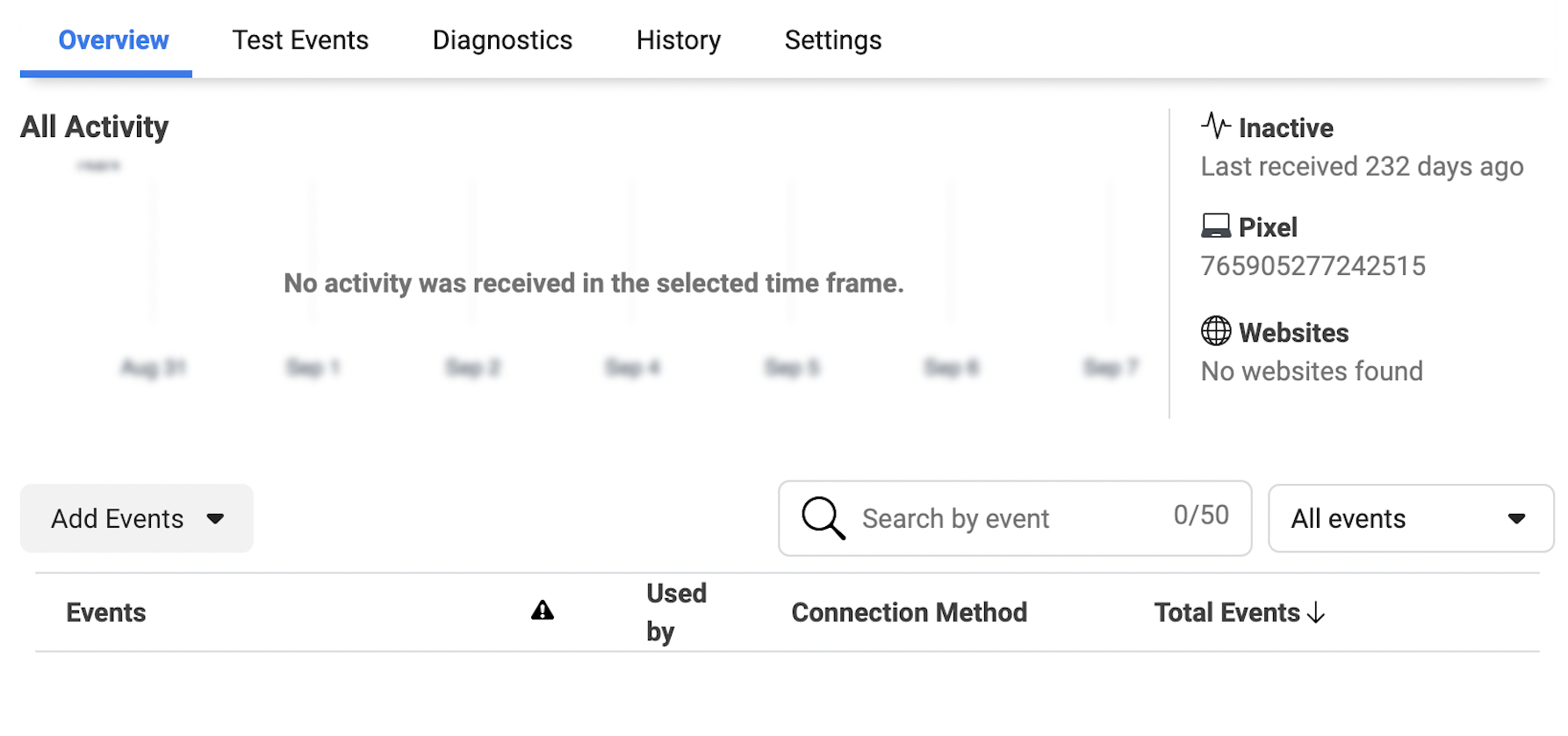
2. Prioritize your 8 most valuable events.
A Facebook pixel is a piece of code that tracks specific user actions, or “events.” Examples include when a user views specific content or completes a registration form. Facebook will only receive data from eight pixel events per domain so, to make the most of your tracking abilities, you should decide which eight pixel events are most important to your B2B business.
This is important because, when a user completes two or more events on a website, only the higher-priority event will get reported. If you have ad sets for events that aren’t included in your eight, those ad sets will get paused.
To change your selected events or reorder their priority, open Ads Manager and go to Events Manager. Then:
- On the left side of the screen, select your chosen pixel.
- Open the Aggregated Event Measurement tab and click on “Configure Web Events.”
- Select the domain and click “Edit Events.”
- Decide which events are most important to you, click on “Add Event,” and follow the prompts.
3. Optimize data collection by verifying your domain and enabling the Conversions API.
Due to the new iOS update, Facebook is asking businesses to verify their domains in order to prevent any misuse of Facebook ad accounts. Verifying your domain will also ensure that the data received by your pixels is accurately delivered to Facebook.
Don’t wait to take this step. To verify your domain:
- Log into your Facebook Business Manager account.
- Scroll down to Brand Safety and select “Domains”.
- Verify your domain, which will appear as your website URL.
The Conversions API, which helps supplement signals from a company website or app without the use of cookies, was introduced by Facebook as a solution for businesses who rely on Facebook for advertising. You can learn how to enable the Conversions API here.

4. Integrate independent tracking and retargeting practices.
While we want to reiterate that, as a B2B organization, you won’t be as deeply impacted by the negative consequences of the iOS 14.5 update as other marketers, it’s still important to explore other strategies — testing new avenues against the performance of your Facebook ads. Some strategies you can start employing now include:
- Using Facebook’s AB testing tool, where you can adjust bid types, audience definitions and more.
- Using your website’s platform monitoring system to monitor where visitors are coming from (instead of Facebook’s monitoring tools).
- Manually collecting data to by adding an extra landing page that asks users to enter their first name and email address (upload this info to Facebook to create a custom audience).
While you can’t avoid the iOS 14.5 update and its effects on digital advertising, remember two things: as a B2B business that doesn’t rely on digital advertising for conversions, this won’t be the end of the world for you — and there are still plenty of solutions you can put in place to make the most of your digital strategy.
Contact Peer today with any questions or concerns. We’re here to help ensure you have the best go-forward plan in place.



